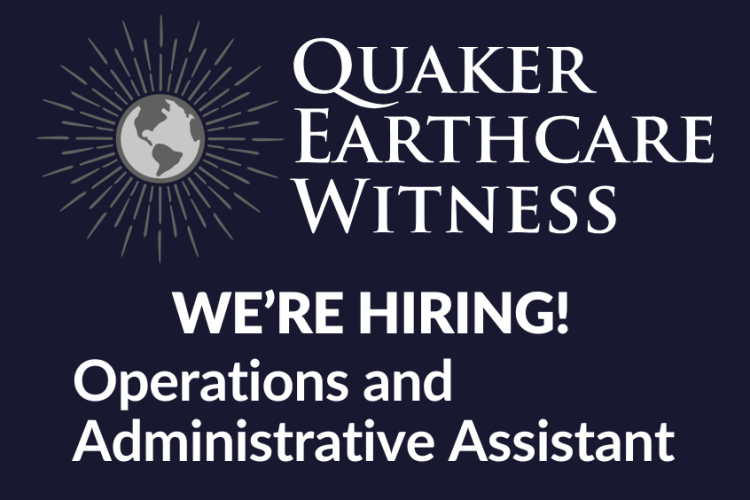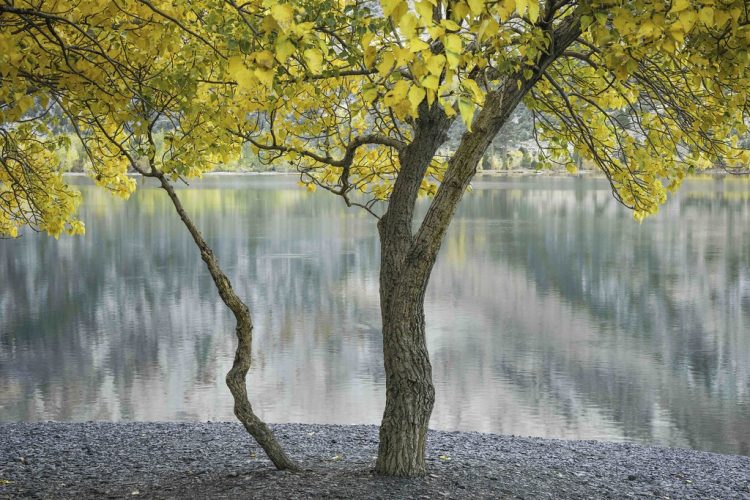In Sight of Sustainable Hope

Can we have hope in the face of the human-caused climate disruption that is threatening the very home where we live? Although many now believe that the trajectory of increasingly chaotic climate isn’t likely to be stopped through any likely combination of technological solutions or political programs, can we change our destructive habits sufficiently and quickly enough to alleviate the inevitable suffering of all life on the planet?
I, for one, am an optimist. It’s just in my nature. But there are days when I can’t imagine that enough people will wake up and change the way they live, the way they run their businesses, or the way they vote for change in the halls of Congress. But my optimistic nature stands in the way of despair getting the best of me. Much of my continuing hope comes from the intelligent and caring responses I witness around me. Countless friends and neighbors are joining me, not only in trying to reduce energy consumption and get more energy from renewables, but also in thinking far ahead to a resilient and sustainable planet for future generations. This gives me hope.
I’ve been creating electricity from the sun for more than 20 years. In 1991, when our house was built, the sun gave us the electricity for the construction and has continued to supply more than enough electricity for us, even when the QEW offices were in our home. In 1991, it was a novelty to have solar panels on one’s roof. Today as I drive into town I see many solar panels on rooftops, on lawns, and in fields. This gives me hope.
A number of years ago, Vermont legislators approved a surcharge to Vermonters’ electric bills that would help fund Efficiency Vermont, a program that “promotes and facilitates energy efficiency across the state of Vermont.” Created in 2000 and operated by nonprofit Vermont Energy Investment Corporation, it has substantially reduced electrical demand. Its programs, among many, include home visits. Transition Town Charlotte, of which I am a board member, invited Efficiency Vermont to lead a workshop for Charlotters to become well enough informed to visit their neighbors and help them reduce their use of fossil fuels. I was among 30 people who were trained to meet in pairs with neighbors. We sat together in their homes and explained all the ways homes lose heat and overuse water and electricity. We distributed inexpensive products—such as water-conserving shower heads and water line insulation tubes—that began to reduce their energy costs immediately. Many energy visits were completed, and although I don’t know specific numbers, I do know that some folks took the next step of having an energy audit and most folks made significant changes. This gives me hope.
Today many towns, cities, and states are gearing up for producing much of their electricity from renewable sources. It’s definitely a trend. Recently the city of Burlington, Vermont, announced that it is now producing all of its electric generation from renewable sources. The sources are solar, wind, biomass, and hydro. The city’s publicly owned utility, Burlington Electric Department (BED), says in its mission statement, “BED will continue to be a leader in sustainability by producing power that is as clean and as locally produced as possible. BED will continue to treat the environment with the utmost respect and will continue to influence decisions and public policy that enhance environmental quality, the use of renewable resources, and sustainability of Burlington.” BED has aggressive energy-efficiency programs and boasts that it uses less electricity now than it did in 1989. And despite its small size, Burlington already has nine charging stations for electric vehicles. This gives me hope.
Beyond Burlington, Green Mountain Power (GMP) is one of the largest electric utilities in Vermont. GMP is the first utility in the world to receive B-Corp certification. A B-corporation (which stands for benefit corporation) is a type of for-profit corporate entity that includes a positive impact on society and the environment. The purpose includes creating general public benefit, which is defined as a materially positive impact on society and the environment. GMP’s mission is “to embrace a new energy system that can improve lives, reduce costs, and be produced in a more environmentally and economically sustainable way. We are actively pursuing moving away from the traditional grid, to one that is more resilient and reliable, and that uses a series of micro-grids through renewable generation and innovative energy storage.” This gives me hope.
It’s exciting to note that today 39 states have Interfaith Power & Light affiliates. The mission statement of Vermont Interfaith Power & Light (VTIPL) is that it “seeks to educate faith communities and individuals about the threat that global warming presents to Creation and Earth, and to engage communities of faith in promoting energy conservation, energy efficiency, and renewable energy as a solution. The goal of the organization is to move Vermont’s faith communities toward sustainable energy use and reduction of greenhouse gas emissions, while living out our covenant with the Creator.” I’ve been serving on the board of VTIPL since its founding and have witnessed many congregations add solar power, tighten up their buildings to reduce heat loss, add ground-source or air heat pumps, and increase their awareness of the importance of caring for Creation. Burlington Friends Meeting (my Meeting) benefitted from VTIPL’s offer of a free energy audit and a grant to insulate its attic. This gives me hope.
I’m not naïve about the hurdles we face. I know there are many who are not yet willing to admit to the dangers that challenge us or to make the lifestyle changes necessary for a resilient and sustainable planet. It’s possible that, once again, no action or commitment will come out of the UN climate summit in Paris in December 2015. But I can get up each morning with a sense of gratitude for the many people in Vermont and elsewhere who are doing everything they can to make a difference. I can face the day because through my involvement with my Meeting, Transition Town Charlotte, and Vermont Interfaith Power & Light, I see what can come from dedicated people.
And I can feel grateful because of you who are reading this journal. You want to make a difference and are learning what you need to do. You give me hope.

